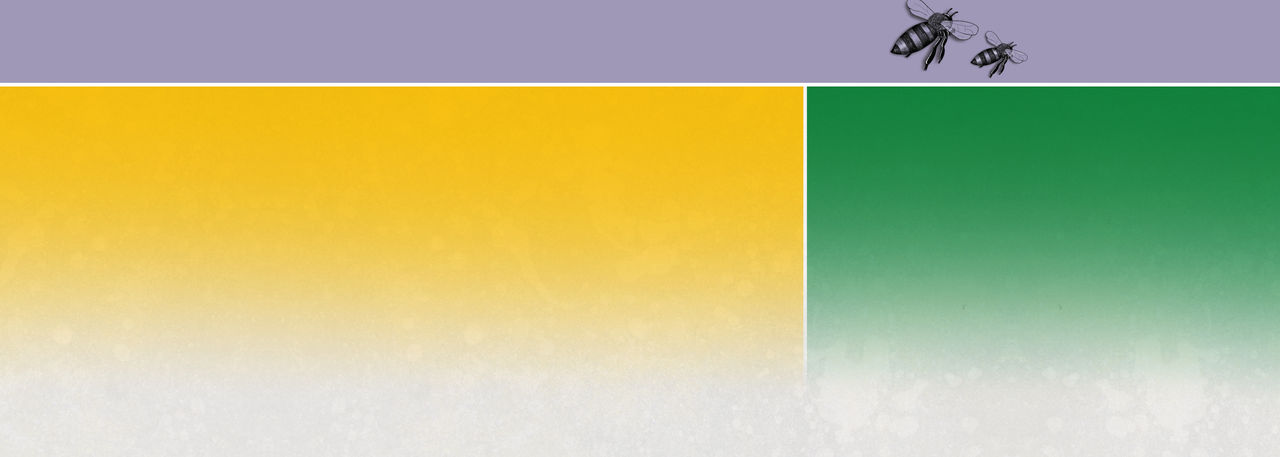Age: Grade(s) grade 03, grade 04, grade 05, grade 06, grade 07, grade 08, grade 09, grade 10, grade 11, grade 12
Subjects: geography, science, social studies
Skills: public speaking, reading, research, small group work
Duration: 60 to 90 minutes
Group Size: Individual or small group
Setting: indoors
Objectives
Students will be able to:
- describe the importance and value of the pollination process to humans;
- trace the origin of common foods to their plant source;
- identify the role of pollinators in renewal of the food sources; and
- identify possible threats to biotic pollinators.
Method
Students identify the plant origin for a number of common foods and find out which pollinating agent makes it possible. Older students also identify some of the threats to the processes of pollination.
Materials
"Benefits and Values, Threats and Consequences"; list of common foods, samples of common foods or Eating Well with Canada's Food Guide, By-Products of Pollinisation
Background
Procedure
For younger students:
- Discuss with the students that many of the things we take for granted come from seed-bearing plants, such as food and clothing.
- Have a selection of popular foods available, use Canada's Food Guide or create a list of foods. Some examples are given in the table below.
- Have the students trace back which of the foods come directly or indirectly from plants.
- Discuss which of the plants reproduce through flowers (it may be all) and which rely on animal pollinators.
- Discuss how our eating habits would have to change if common pollinators were to become endangered.
For older students:
- Have the students read "Benefits and Values, Threats and Consequences".
- Discuss with the students that many of the things we take for granted come from seed-bearing plants, such as food and clothing.
- Have a selection of popular foods available or create a list of foods. Some examples are given in the table below.
- Have students identify the foods that come from flowering plants and use the library or Internet to research which agent provides the pollination service.
- Have the students report their findings to the class. Have them use creative techniques for their report, such as dramatic interpretation, an essay or a poster.
- Have students identify possible threats to the pollinators and predict possible consequences of pollinators becoming endangered or extinct.
Extensions
- Have the students discuss how high winds and heavy rain that may be caused by climate change could affect plants relying on windborne pollination.
- Have students develop a mural that illustrates products, plants and pollinators, depicts their interconnections, and shows some of the threats to the pollination process.
- Bring in fresh local produce to reinforce the connection to the human food supply.
- Conduct a "where does our food come from?" investigation by using Canada's Food Guide and grocery store flyers.
- Have students research the flower emblem of their province or territory, how it is pollinated and how it is protected in Canada.
Printer friendly
Copyright Notice
© Canadian Wildlife Federation
All rights reserved. Web site content may be electronically copied or printed for classroom, personal and non-commercial use. All other users must receive written permission.






